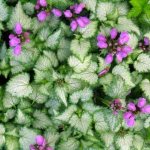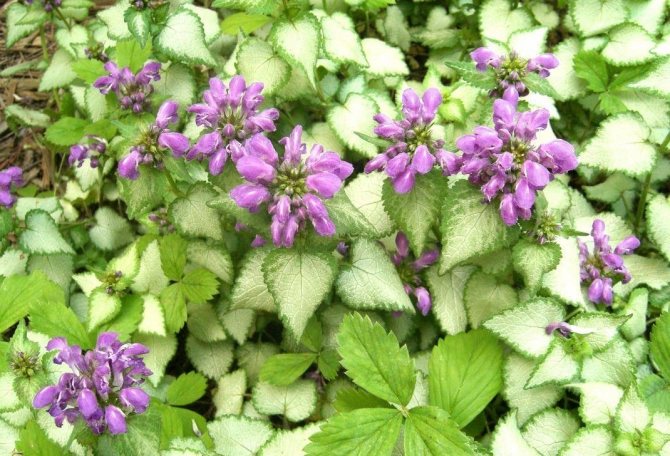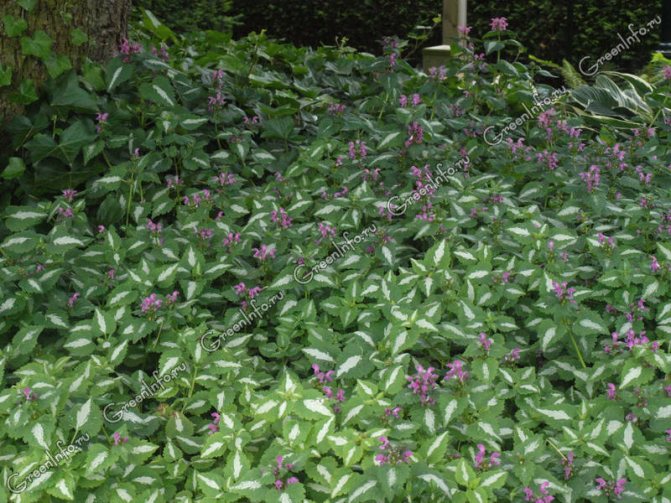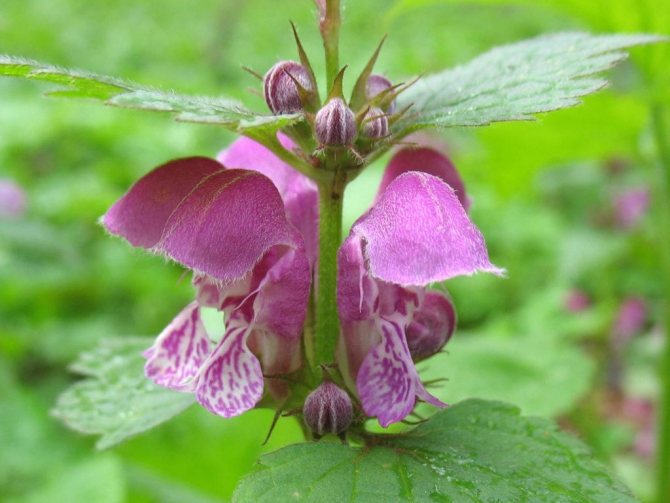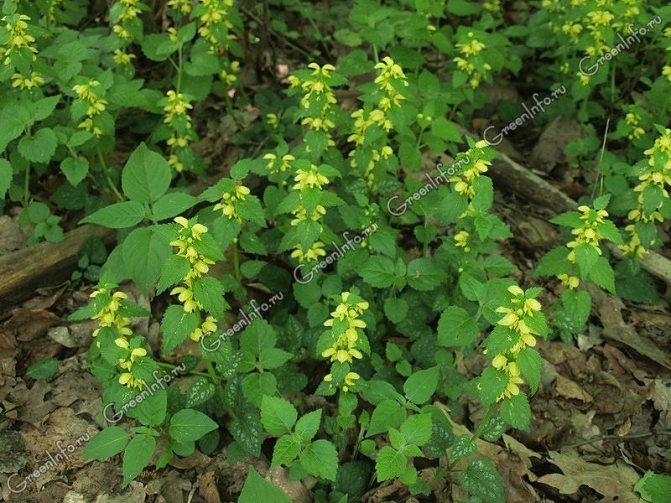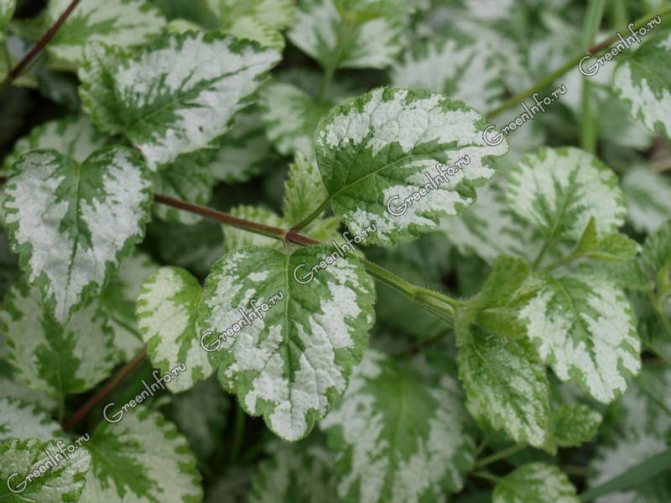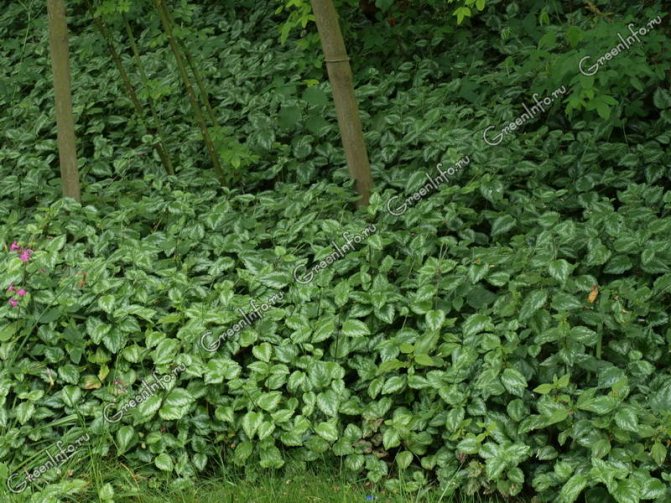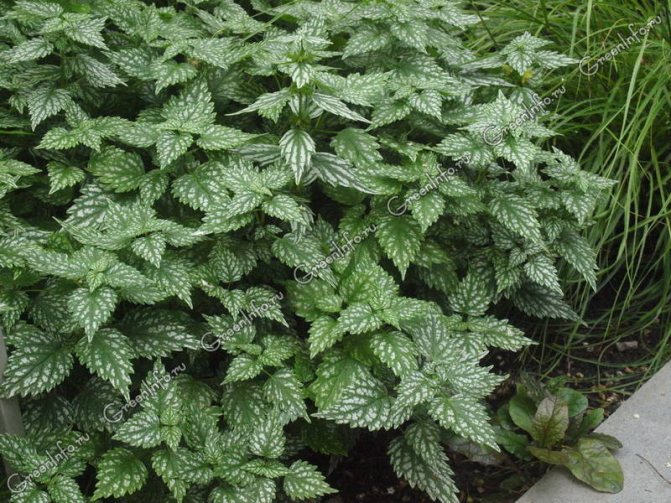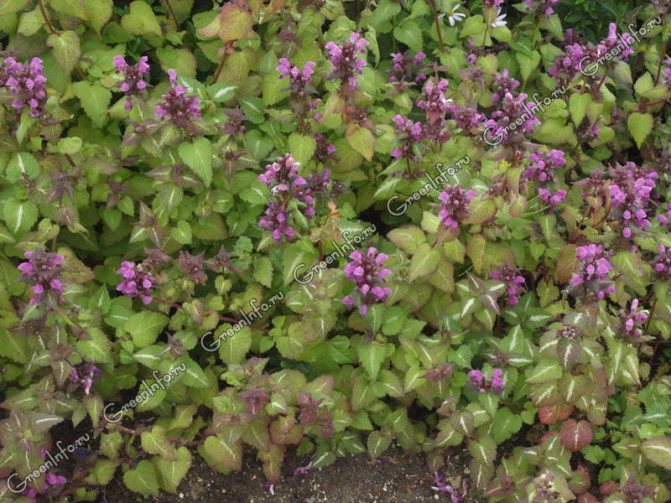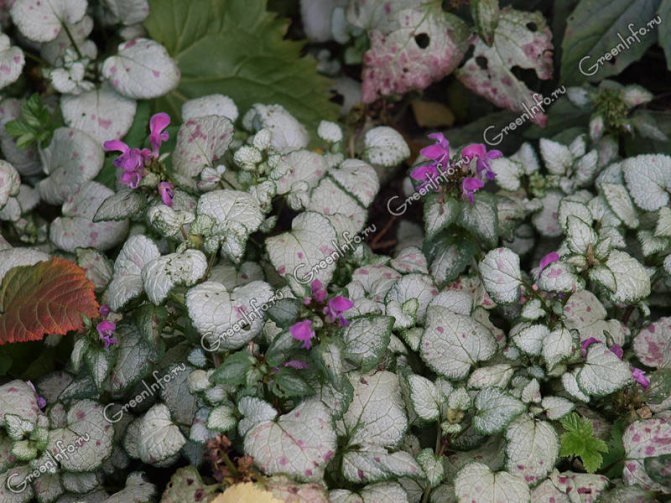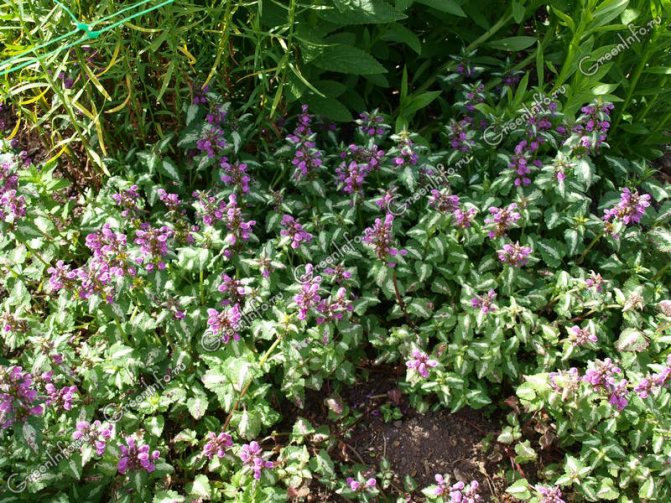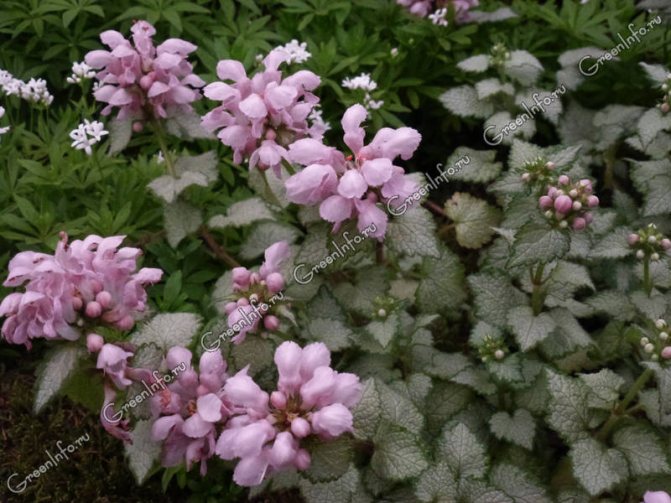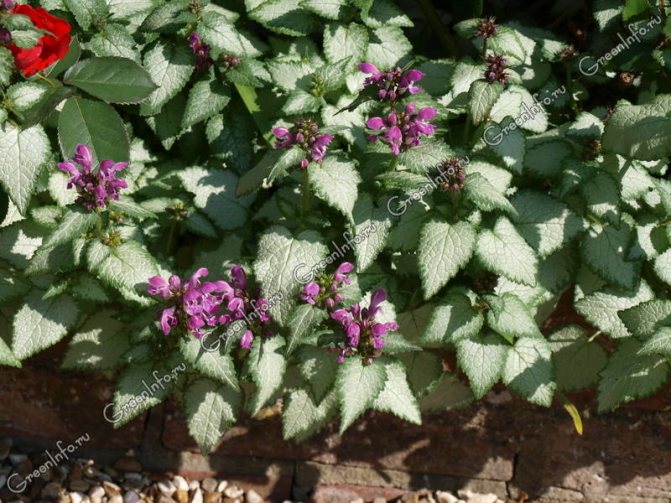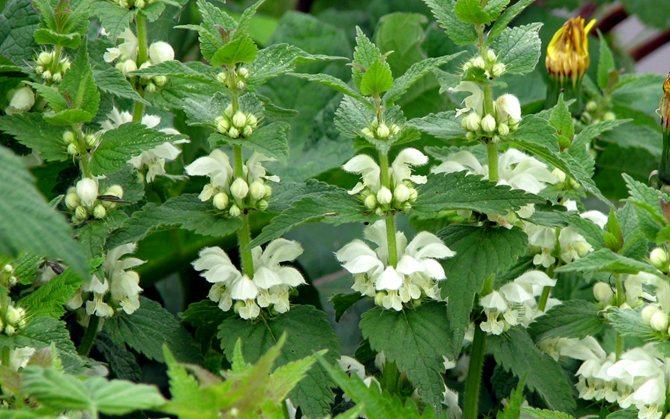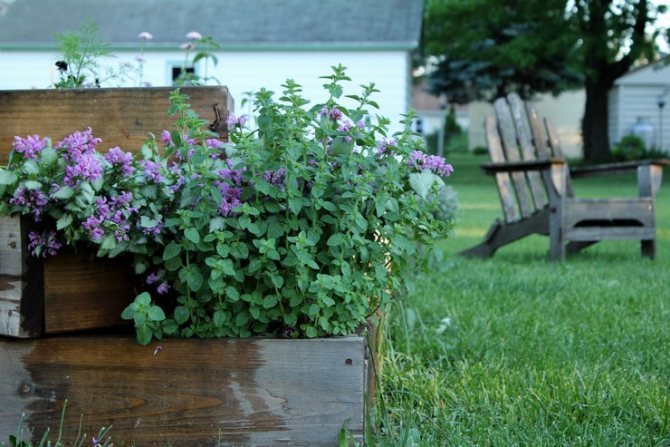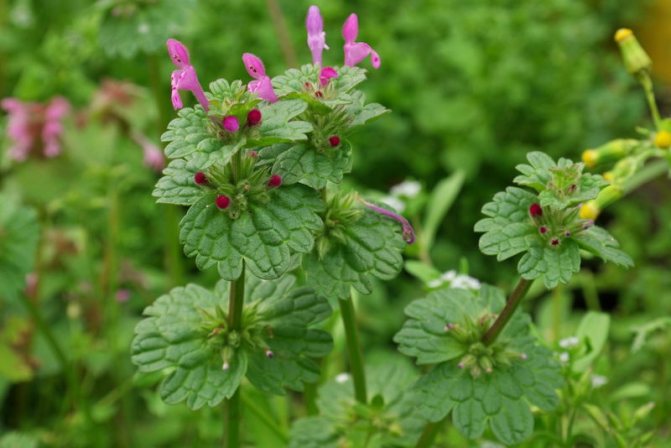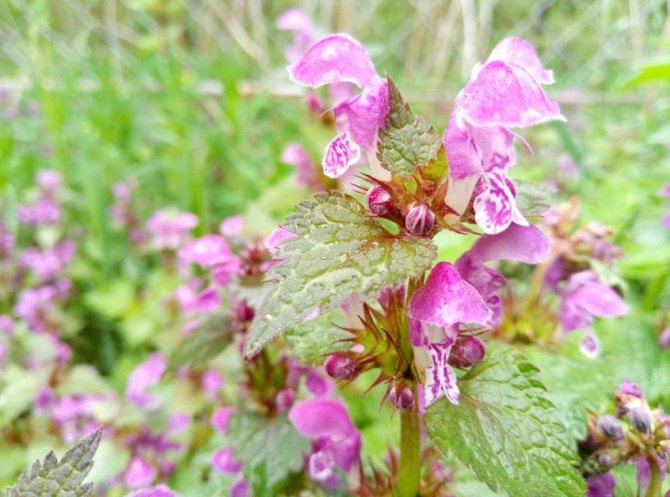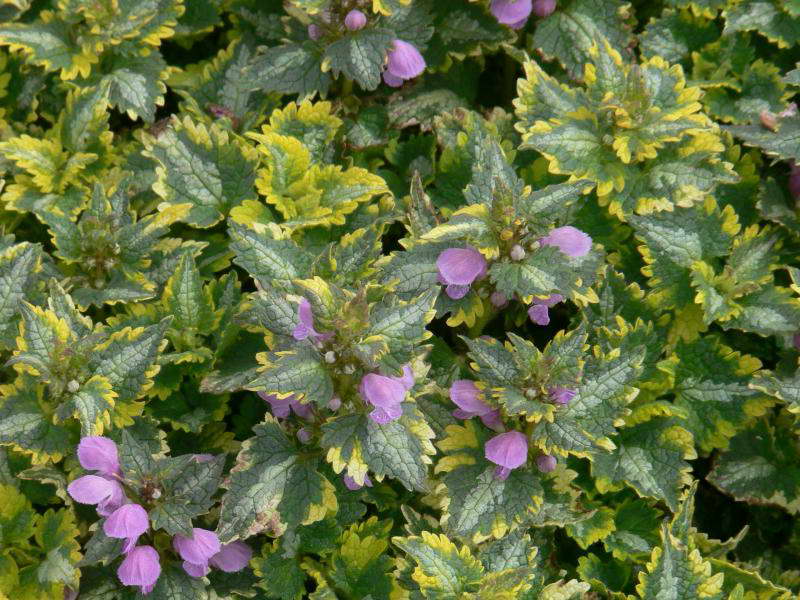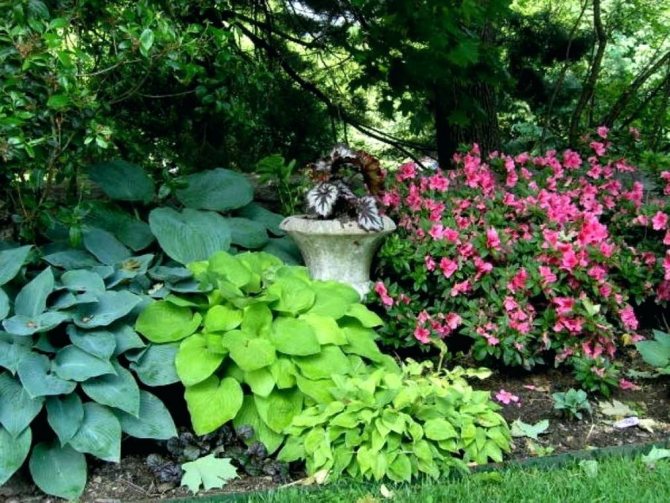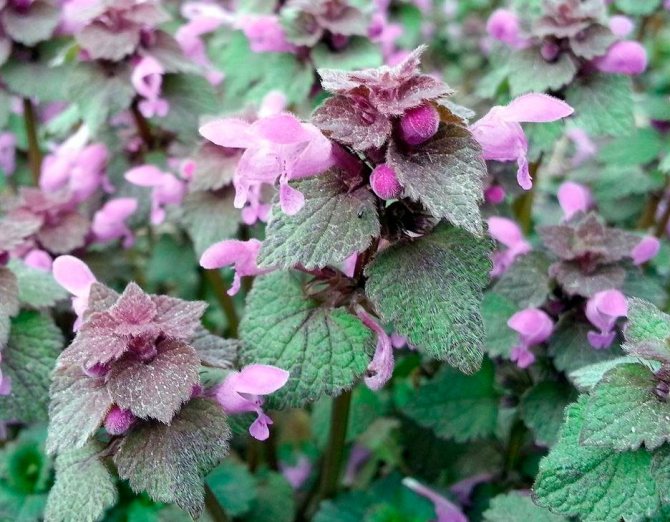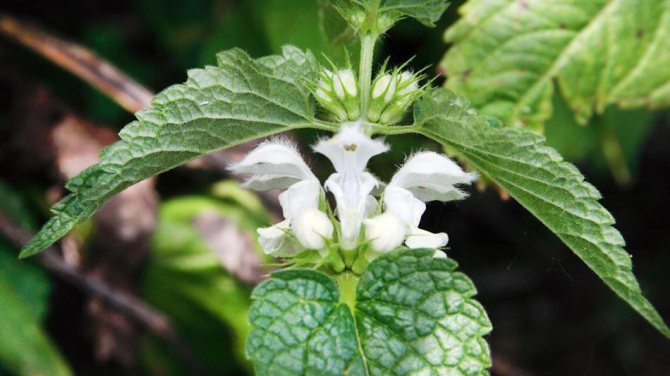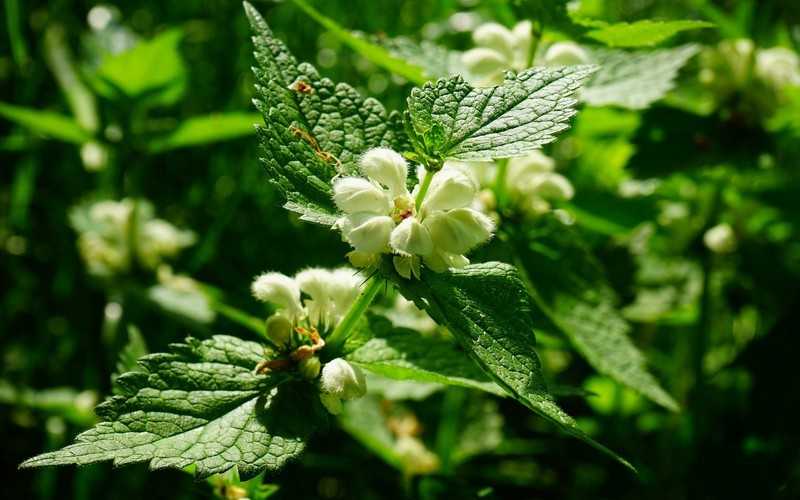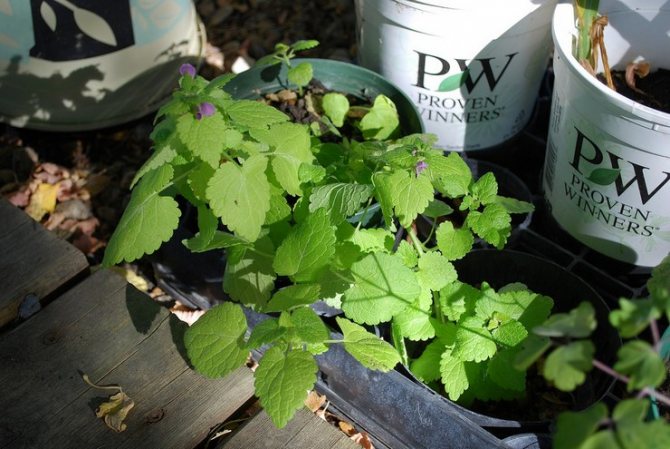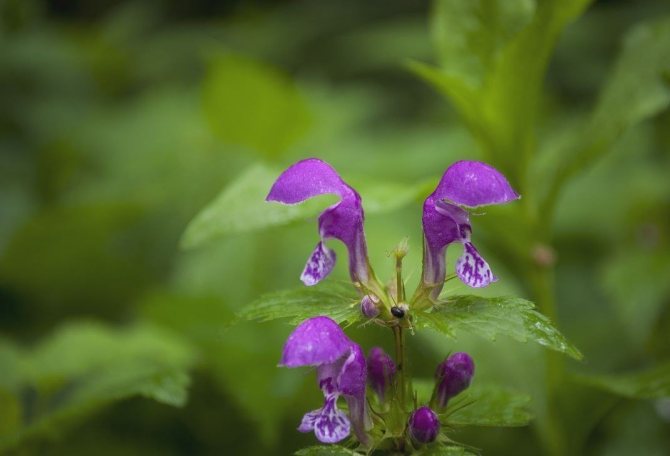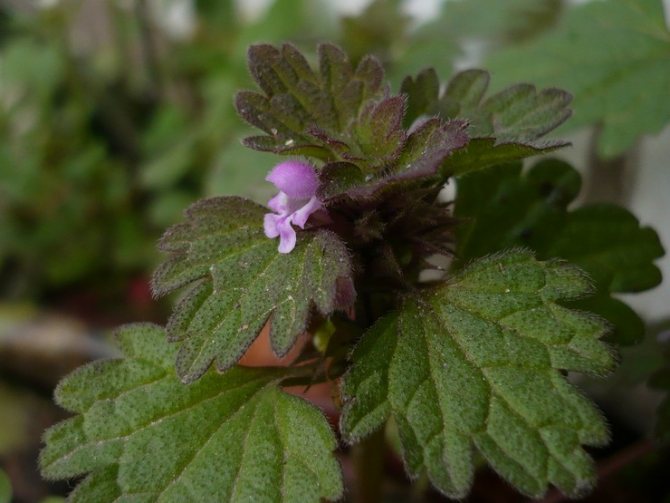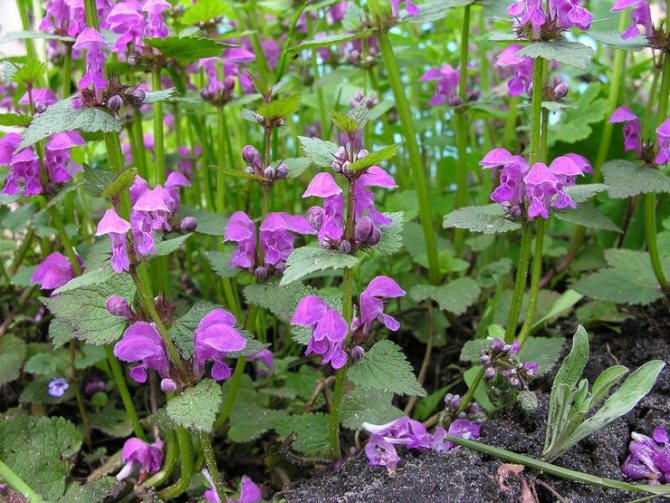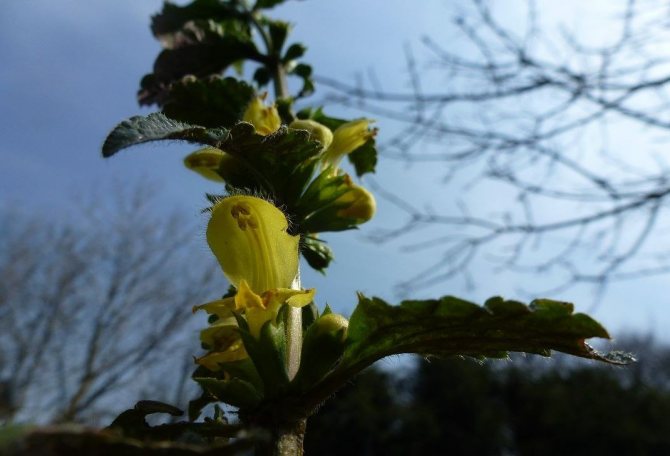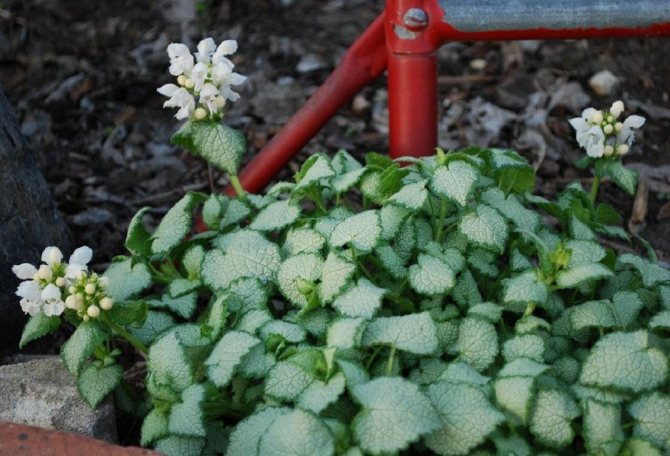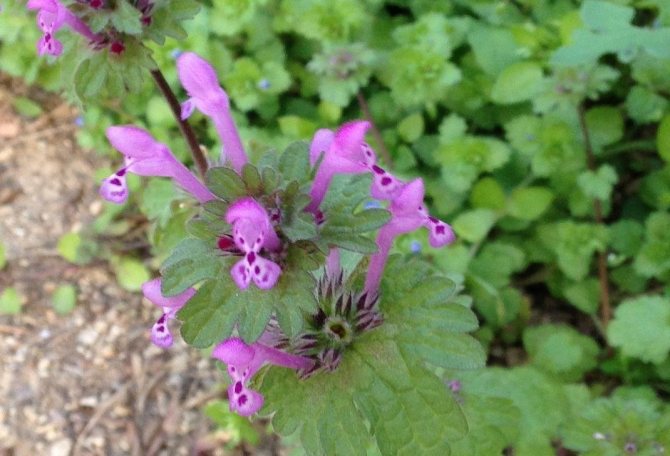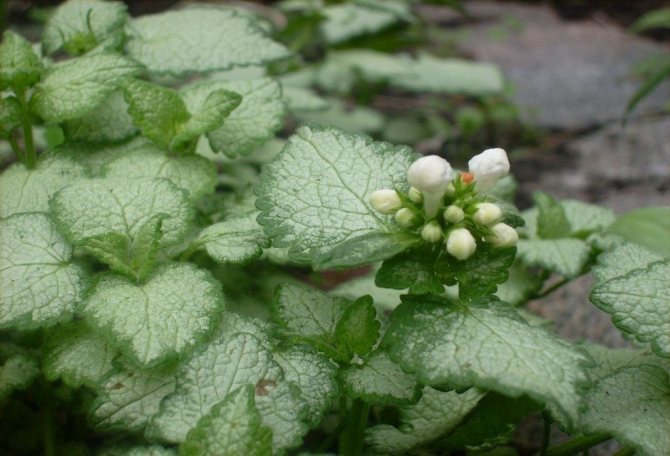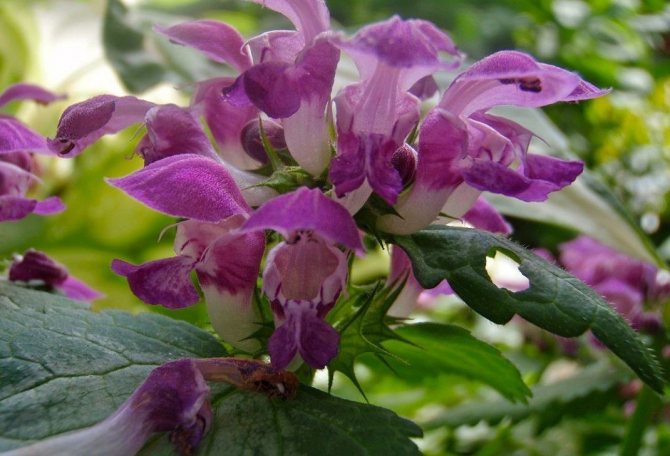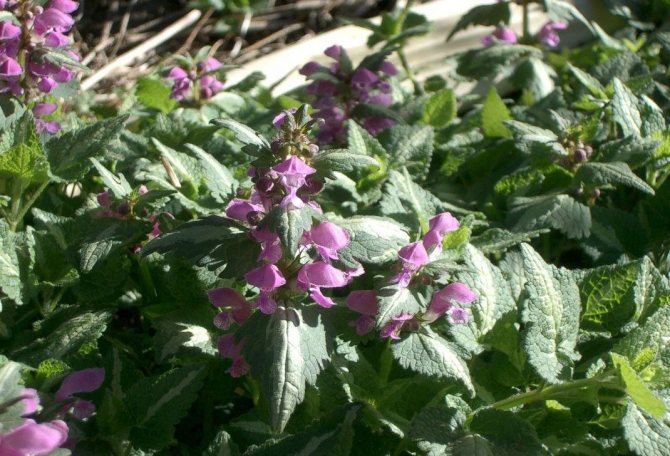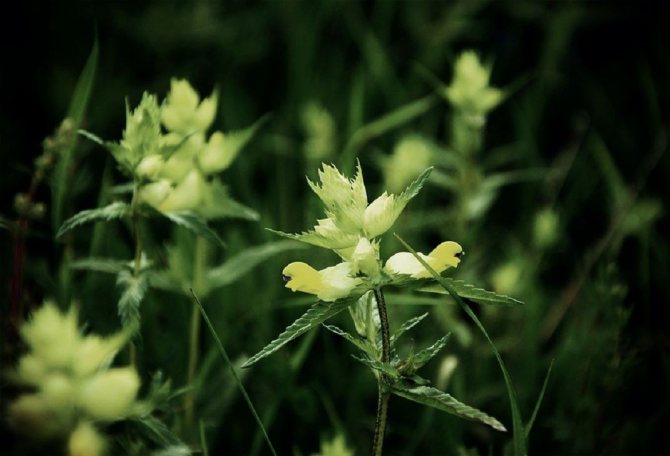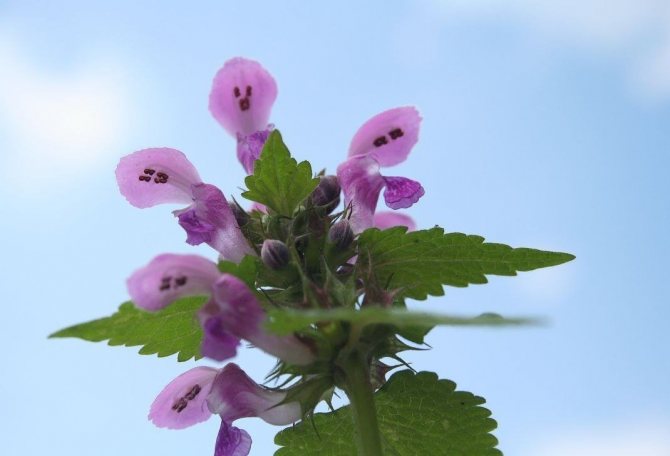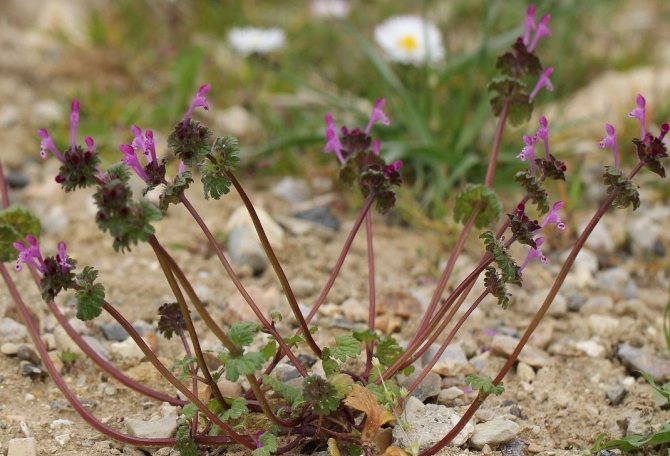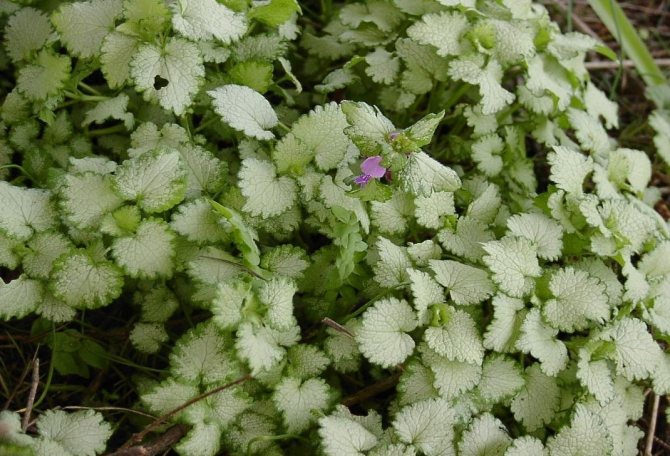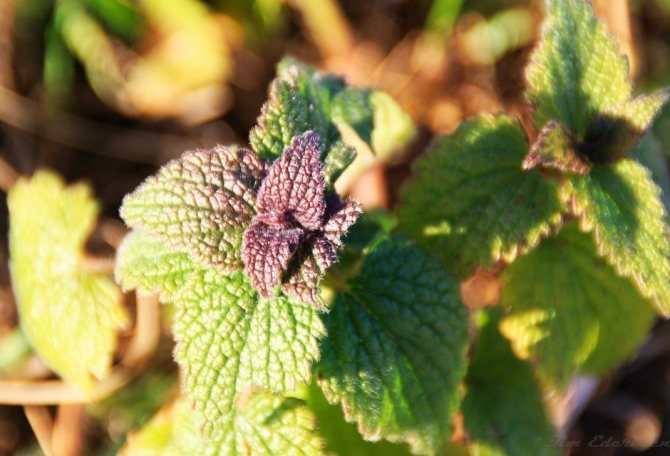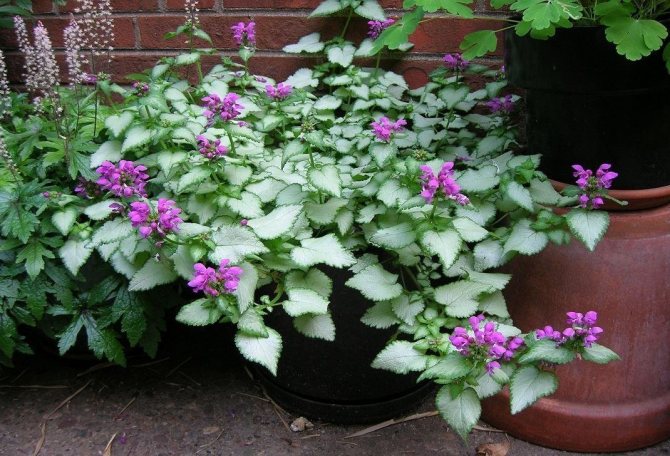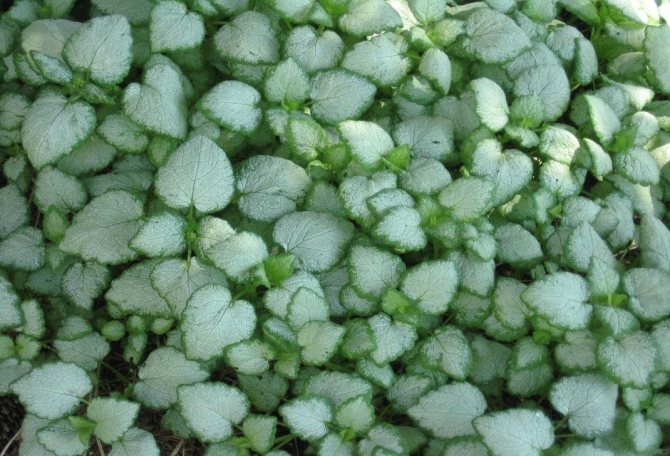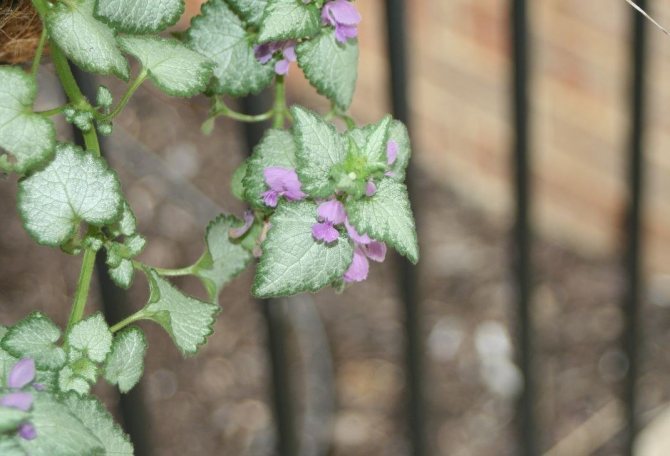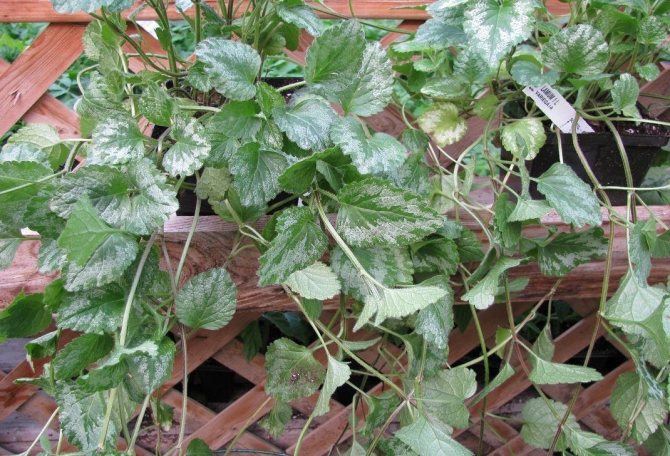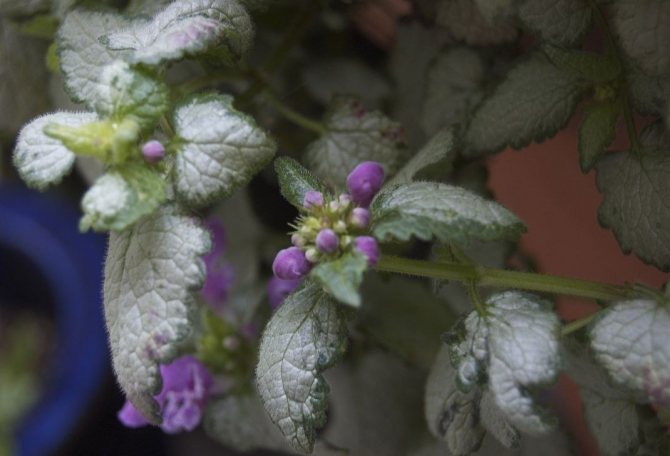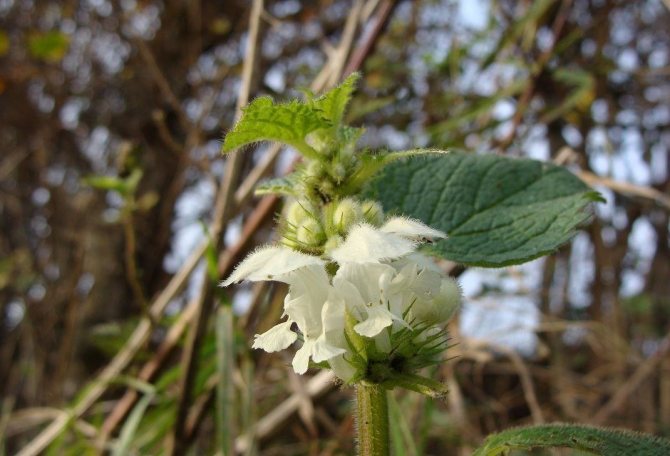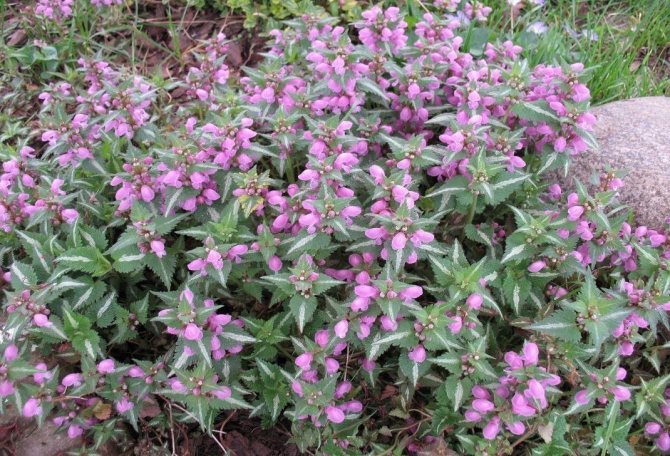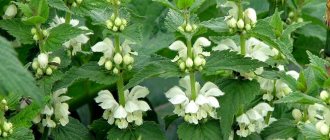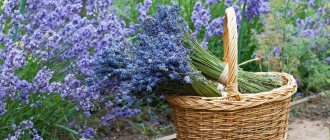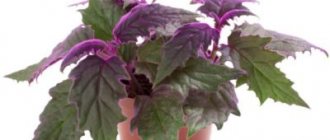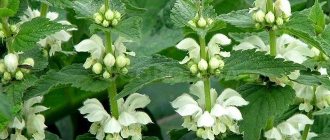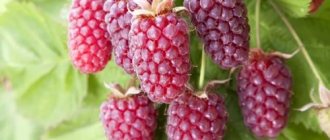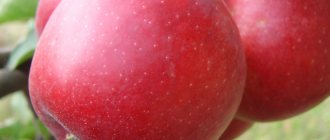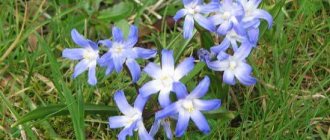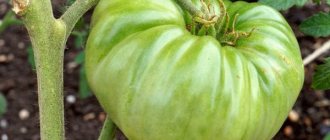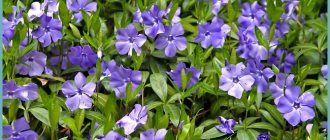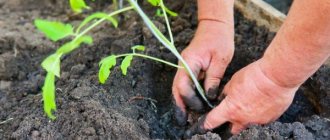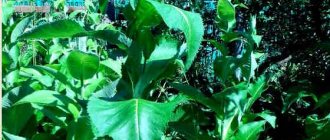Name: Lamb family: Lamiaceae Origin: Europe, Caucasus, Asia, Iran Humidity: Moderate Location: Sunny areas, partial shade Soil: Loose, fertile Pests and diseases: Root decay, whitefly, scale insect, spider mite Required work: Pruning, removal of wilted flowers Growth height: Up to 30 cm Flowering: May-June, but flowering can be extended until August
Quite decorative and undemanding plant in care
Varieties and types of Yasnotka
Green lamb (yellow) (L. galeobdolon) or (L. luteum)
Perennial plant about 30 cm high. The color of the flowers is yellow, the flowering time is the beginning of May. A special pigment forms on the underside of the leaves in winter. It helps the plant use the heat it receives from the soil. There are garden options with leaves that turn purple by autumn.
"Type Ronsdorf"
It is a cultivar with small, round leaves. It doesn't grow as fast as others.
Herrmanns Proud
This variety forms compact bushes 20 cm high. It has beautiful leaves with a silvery tint. This variety does not set seeds.
Orval's lamb (L. orvala)
A compact plant up to 40 cm high, quite frost-resistant. The color of the flowers is pink, purple. Blooms in May-June.
Lamb spotted (speckled) (L. maculatum)
A perennial, often cultivated as a groundcover. She has superficial roots. The flowers are pink or purple. Blooms for about a month in early summer. There are garden varieties with various colors of flowers, white, dark purple, violet. There are also varieties with silvery, yellow leaves.
Annual species
Purple lamb (Lamium purpureum), or Red nettle, is an annual or biennial species with a thin root and a short stem 5-25 cm tall, branched from the base. The leaves are small, oval or broadly oval, evenly toothed, the lower ones are petiolate, the upper ones are sessile. Flowers are helmet-shaped, from light to dark pink, sometimes white, sitting in the axils of the leaves, several in false whorls. Blooms from late April to early March to late September.
Hybrid lamb (Lamium x hybrida) is similar in everything to the previous species, differs in the leaves with irregularly large-toothed leaves along the edges.
For decorative purposes, annual lambs are not used, they are often weed in gardens and vegetable gardens. Purple lamb has medicinal properties, but is recognized only by traditional medicine.
Growing and care
Shade and cool places are ideal places to grow lambs. She is hygrophilous, although she is not afraid of high temperatures either. It is famous for the fact that the leaves have a high regenerative capacity, so its decorative effect is difficult to overestimate.
If you are going to plant cuckoo nettles in the soil, then make sure the soil is loose enough, and then add humus - this will increase productivity. After the plant has finished blooming, cut it to the base (some varieties have a not very pleasant smell).
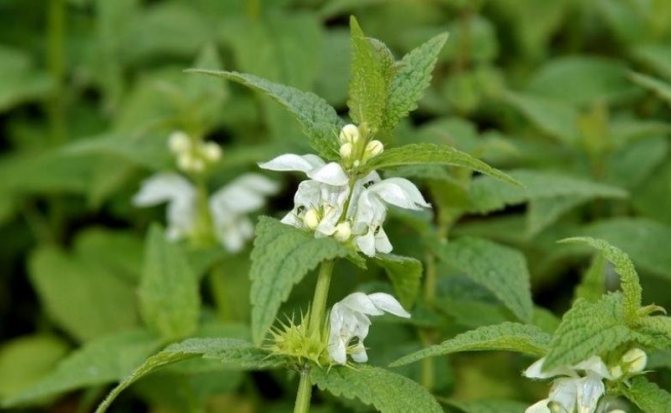
Shade and cool places are ideal for growing lambs.
Reproduction occurs mainly by division or cuttings. If you use seeds, then know that the lamb will bloom only after a year.In case you need to cover an impressive area with a decorative layer, the best choice would be yellow lucid. The Florentinum variety is popular with gardeners due to the fact that by autumn the leaves acquire a noble purple color.
Contraindications of the plant yasnotka
A plant known as the cleaver, deaf nettle is also famous for the strong astringent properties that tannins have in its composition. Which helps to get rid of urticaria, dermatitis, and other skin lesions. In parallel, flavonoids strengthen the walls of blood vessels. Compresses and lotions mixed with yarrow are more effective.
Although the plant does not contain toxic substances, during pregnancy, these potions should not be taken, since their composition can cause uterine contractions and lead to miscarriage.
Still contraindicated for:
- hypotension;
- increased blood clotting;
- atonic constipation.
Landing
All representatives of the Yasnotkov family are unpretentious in choosing the soil for planting. For this plant, soil with low acidity, loam and sandy loam is perfect. If you plant a lamb on fertile land with good watering, then the bushes of this grass can grow uncontrollably. It is also not necessary to plant the lamb directly under the trees, as the leaves of the grass can gain moisture and begin to rot.
The use of clearness in landscape design
The main purpose of this ornamental plant, from the point of view of landscape designers, is a ground cover. In this regard, it does not have many worthy competitors. The main ways to use it:
- registration of borders;
- closing the soil around the bushes;
- landscaping shaded, abandoned, unsightly areas of the garden;
- decoration of alpine slides;
- decoration of flowerpots (in them the plant acts as an ampelous culture).
Experts attribute to the advantages of the lamb that its greenery is one of the earliest in the garden (under the snow the plant leaves with green leaves and tolerates the cold well).
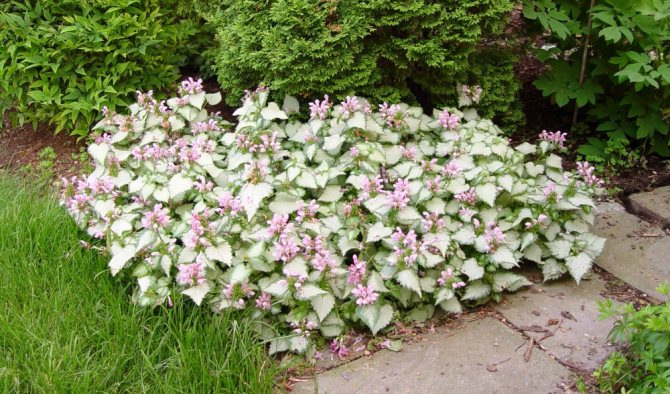

Lamb can be found not only in deciduous forests, it is successfully used in landscape design
An important point for designers is the variety of shades not only of flowers, but also of leaves, which even more take on "responsibility" for the decorativeness of the plantings.
Bearing in mind that the lamb is not averse to acting as an "occupier", experts advise to grow it where there are any obstacles that limit the uncontrolled spread of the plant. This can be the distance between the wall of the house and the asphalt area; Paving “windows”; territories bounded on all sides by stone slabs of paths. By the way, on the allotted "patch" the plant sets its own rules, completely suppressing the growth of such malicious weeds as thistle and dandelion.
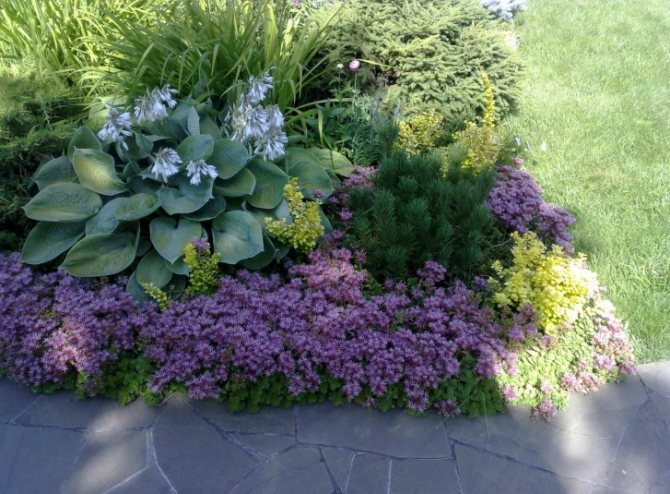

Lamb can be used in continuous flowering beds
Due to the fact that the root system of the plant is located in the surface layers of the soil, it is planted near shrubs and trees. The plant looks especially organic near coniferous crops - junipers, spruces, thujas and firs.
With the help of clear notes, you can create original design compositions. Example - "Stone island among the silvery-green waves." The higher the improvised rock is, the more interesting it will look. It is better to use a minimum stone height of 80 cm. It is also important that the “rock” and “sea” of living plants contrast in color.
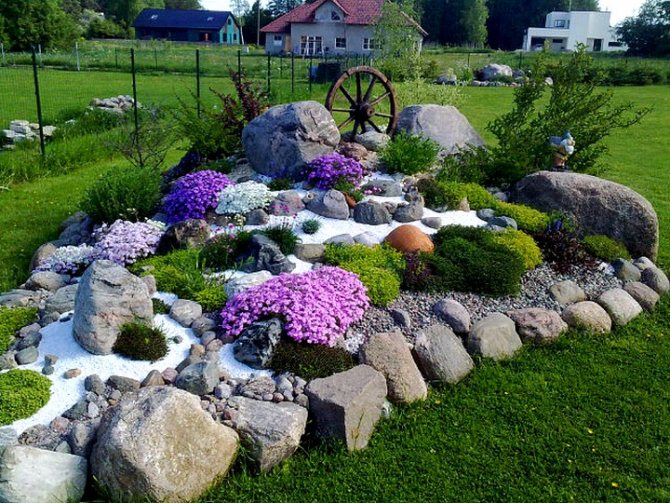

You can decorate an alpine slide with different types of lamb
Another option is to cultivate a lamb in a high pot (a plastic bucket and a high tire will do).If you install such a container on a lawn (or even on asphalt), the plant will very quickly close its walls, as if flowing down them with silvery-green streams of its leaves. This composition looks picturesque and mysterious.
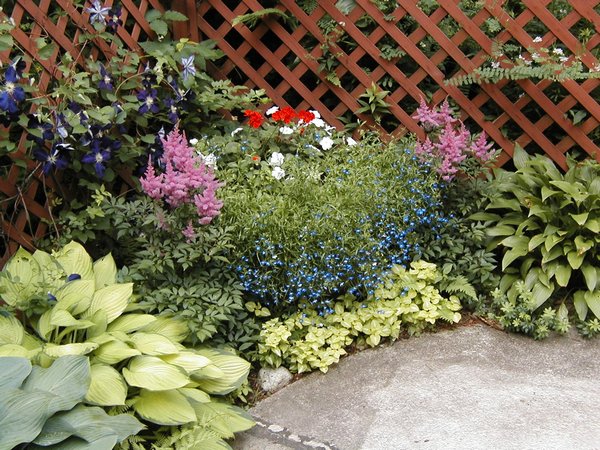

When planting a lamb, you should not forget the rules of the neighborhood.
It coexists well with those actively used in landscape design:
- tulips;
- hyacinths;
- hosts;
- narcissists;
- mikhenia nettle-leaved;
- lungwort;
- heychera;
- ferns.
Application
Zelenchuk looks great as a ground cover plant, planted under trees and shrubs. Will harmoniously fit into rocky gardens and shady flower beds, in the company of hosts, brunners, lungwort.
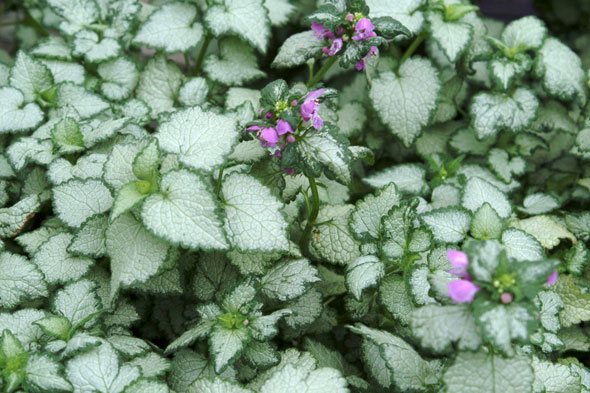

You can plant a lamb in a container: its hanging shoots look very impressive.
White lamb is rich in vitamins and minerals. It is used in folk medicine as a diuretic, expectorant and hemostatic agent. It is taken orally in the form of tea and infusions, externally used for poultices, compresses and baths.
Tags: aggressive growthdecorative honey plantsperennialnational medicineneutral soilsoilcover self seeding
The healing properties of the lamb
Lamb is a useful plant and is used for medicinal purposes due to its high content of various nutrients. The main ones are alkaloids, flavonoids, essential oils, ascorbic acid and tannins.
The infusions prepared on the basis of lambda are prescribed for severe inflammation, sore throat, or as a diuretic. Herbal lotions are applied to open wounds to speed up the healing process. Hot baths have a beneficial effect on the body for gynecological diseases.
In any case, the use of this herb is best discussed with your doctor. Contraindications are only the individual intolerance of the components of the clear, which is accompanied by the appearance of allergic reactions in the body.
Caring for the clear
Caring for the clear should start from the moment of her disembarkation. It lies in the fact that when placing a plant in open ground, you need to choose a place that will be placed in partial shade. If you place the grass in the open sun, then even constant moisture will not save its leaves, burns are guaranteed to remain on them.
This herb is very fond of water, but there should be a measure everywhere. If you moisten the soil of a plant several times a day, then its root will simply rot. The grass easily tolerates a short-term lack of watering. Certain varieties of plants do not cope well with the cold, for example, the orval, so they need to be mulched.
To feed the grass, you should give preference to natural fertilizers - humus or compost. In the spring season, you can use liquid top dressing or special granules. We can stop at this, since a large amount of fertilizer can cause the plant to grow rapidly.
Depending on the variety, the plant blooms between May and June. But if certain varieties (yellow bean), remove the peduncles immediately after flowering, then the plant is able to bloom again. Due to the excessive growth rates of this herb, it can cause significant harm to the development of other garden plants, or, in general, go into the category of weeds.
To prevent this from happening, the plant needs to be pruned regularly, and the removal of shoots is mandatory. It is worth noting that such actions have a beneficial effect on the flowering of the plant, it can last until the end of the season. If the grass is of an annual type, then it is recommended to transplant it no earlier than once every five years.
Botanical description
Lamb is a fast growing ground cover plant. Its lodging stems do not rise above the ground above 15-25 cm.For a year, the stem adds 0.5-1 m in length. A superficial fibrous rhizome can develop from each internode. Shoots actively branch out and quickly cover a large area.
Heart-shaped petiolate leaves have a soft, embossed surface and jagged edges. The main tone of the leaf plate is dark green; yellowish or silvery spots may also be present. The length of the leaf is 3-8 cm, and the width is 2-4 cm.
From internodes, erect peduncles up to 30 cm high grow. The shoot is covered with small foliage and flowers. The buds are collected in whorls and can be pink, purple or white. The two-lipped corolla grows 20-25 mm in length. 4 filamentous stamens with black-violet anthers peep out from the center. After pollination, the fruit ripens - coenobium (a box with four triangular nuts). Ripe fruits open on their own, which provokes self-seeding. Flowering occurs from late May to October. Fruiting begins in June.
Reproduction methods
Dividing the bush
Lamb can be easily propagated by dividing the bush. This method of reproduction among gardeners is very popular, because the bushes propagated in this way fully retain their varietal qualities, and they bloom next year. It is recommended to divide the plant in the spring. To do this, carefully dig out the bush and divide it into several parts, while keeping in mind that on each division there must be root suckers that can give new shoots. After that, the delenki are planted in planting holes, which are prepared in advance. Do not forget to water them with plenty of water.
Layers
The propagation of lambs by layering is not very popular among gardeners. Most often, this procedure is carried out in the first autumn weeks. To do this, you need to choose the most powerful shoots, they are bent to the soil surface, fixed in this position and sprinkled with a not very thick layer of soil. Next spring, it will already be possible to separate and plant the layers that have taken root from the mother plant, since by this time they will be able to grow normally on their own.
Cuttings
You can propagate the plant by cuttings in the last summer days. To begin with, cuttings are harvested, which are planted for rooting in a mixture consisting of sand and peat. Top them covered with a cut plastic bottle or glass jar. Cuttings are provided with timely watering, and they must also be ventilated as soon as condensation appears on the surface of the shelter. When the roots grow on the cuttings, they can be planted in the garden in a permanent place. Rooted cuttings need mandatory shelter for the winter, for this they are covered with spruce branches or foliage.
Diseases and pests
If you take care of the cleaver incorrectly and allow regular stagnation of moisture in the root system, this will lead to the appearance of rot on it. In this regard, special attention should be paid to the condition of the soil on the site, and also do not forget to properly water the plant. All plants affected by rot are dug up and destroyed, and those areas on which they grew are treated with a fungicide solution.
Most often, the scabbard is harmed by the scale insect, spider mite and mealybug. To get rid of these pests, you will need to treat the bushes with a suitable pesticide.
Diseases and pests
Lamb is practically not susceptible to diseases common in the garden plots of Eastern Europe. In summer, the leaves of this plant can be affected by spider mites or whiteflies.
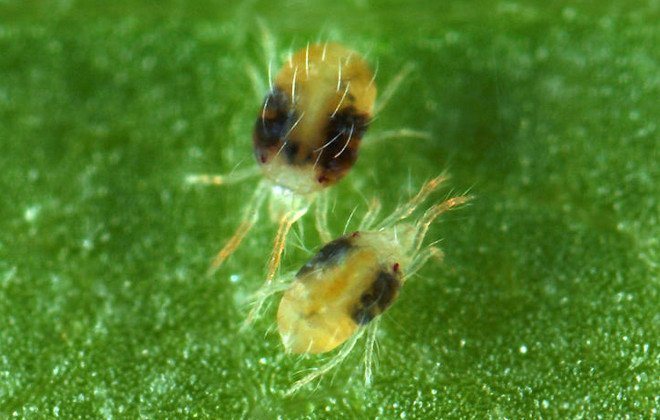

However, with proper care, perennial species of the Yasnotkov family easily survive pest attacks.

